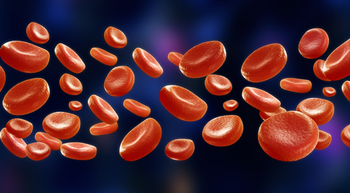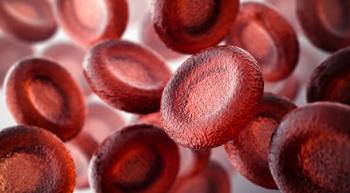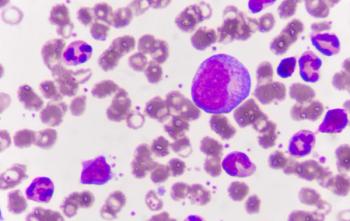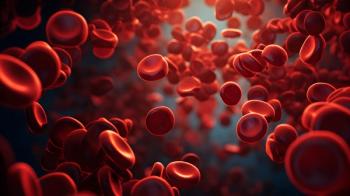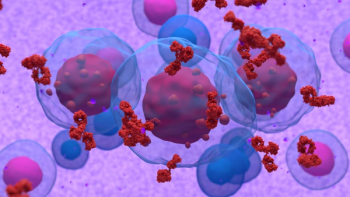
Survival Time Doubles in Mantle Cell Lymphoma with the Advent of Targeted, Combination Therapies
Survival rates of patients diagnosed with mantle cell lymphoma (MCL) have nearly doubled thanks to improvements in the treatment landscape over the past 10 years.
Mantle cell lymphoma (MCL) is a rare and aggressive form of non-Hodgkin lymphoma (NHL) with a generally poor prognosis. Now, there is good news for these patients: Survival rates have nearly doubled thanks to improvements in the treatment landscape over the past 10 years, according to a study published in the British Journal of Haematology.
Clinical findings in recent years have indicated survival rate improvements in this patient population. To determine if the effects observed in clinical trials have translated to the real world, researchers examined data from 335 UK-based patients diagnosed with MCL from 2004 to 2015.
Encouragingly, they found that, as treatment evolved to include combination therapies, and the biology of the disease was better understood, survival rates improved for patients across the disease spectrum.
“Although MCL continues to have a poor prognosis and remains one of the most challenging lymphomas to treat, our analyses confirm that marked therapeutic changes introduced in recent years appear to be having a favorable impact on outcome in the general patient population,” the researchers wrote.
Initially, first-line Rituxan (rituximab) marked the first notable improvement in treatment: Survival times for newly-diagnosed patients increased nearly two-fold from 2 years to 3.5 years.
This improvement was also seen when Rituxan was added to chemotherapy. “Our data clearly demonstrate the benefit of the addition of rituximab to first-line chemotherapy in the general patient population; at 3.1 years the median survival of those who received rituximab immunochemotherapy at first-line was twice that of those who did not,” the researchers wrote.
Additionally, survival times among those who relapsed between 2004-2011 improved from 8 months to nearly 17 months in patients who relapsed from 2012-2015.
The researchers credited new treatments such as bendamustine, which was introduced in 2012, and the targeted therapy Imbruvica (ibrutinib), which blocks signals that stimulate the growth and division of malignant cells.
“Encouragingly, our population-based findings confirm that these novel agents seem to be impacting particularly on the survival of patients who may be less able to withstand intensive treatment,” the researchers wrote. “The 1-year overall survival among patients over 70 years treated for relapsed/refectory disease almost doubling, reaching 50% and matching that of patients under 70 years of age.”
The researchers noted that their analysis highlights the importance of monitoring the impact of treatment changes on the patient population in real-time and hope to assess the impact of other novel agents, such as Revlimid (lenalidomide), on treatment.
“Our findings show an improvement in survival across a population with a disease that is challenging to treat,” they added.
Newsletter
Knowledge is power. Don’t miss the most recent breakthroughs in cancer care.

